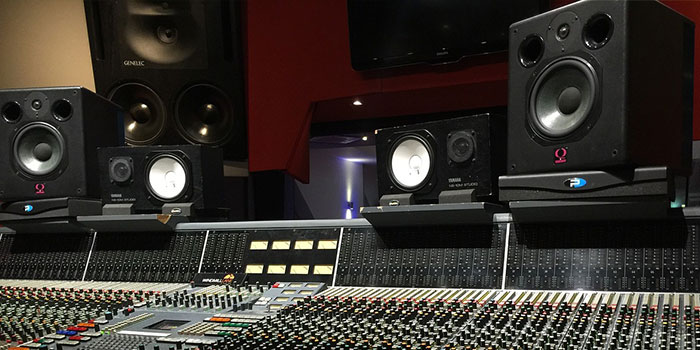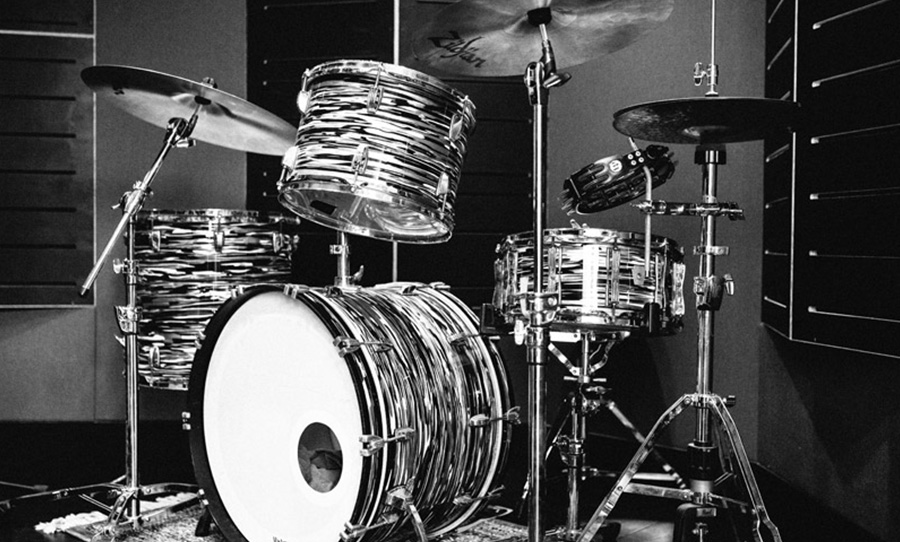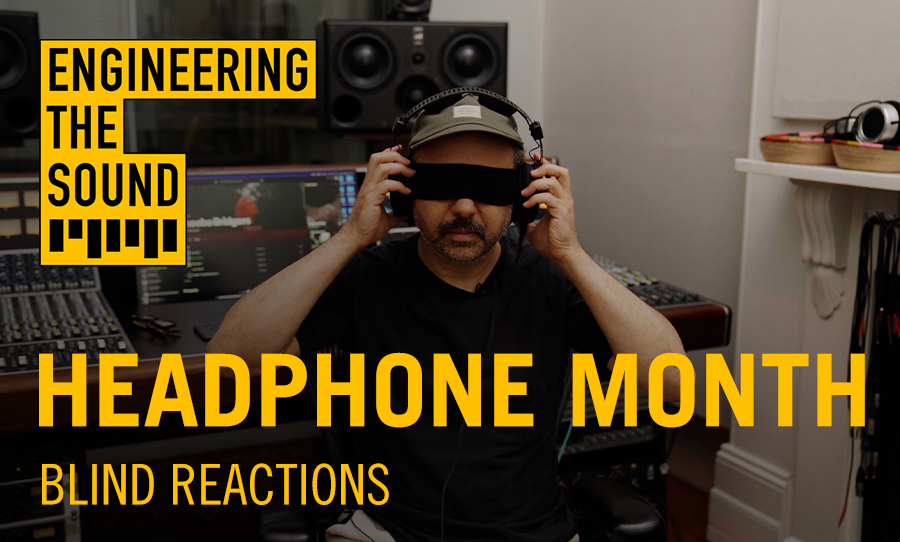Here we take a look at room design where the acoustics are top priority, both in the real world and in virtual spaces in the box.
In the previous article on acoustics, we explored the basic principles of acoustic treatment, especially with regard to treating already existing rooms. Yet, in professional studios – or in places where no expense is spared – entire buildings are created with acoustics as a top priority. But is there a new way in which we can nullify complex idiosyncrasies in our listening chambers by asking, “is there an app for that?”
In this piece, we’ll discuss what’s involved in room design and building these facilities from scratch, and also take a look at the new technology that’s creating “virtually” flat listening experiences, for monitors and headphones in any room.

Room Design
Rooms have resonant frequencies (otherwise known as modes) depending on their basic dimensions: one for width, one for depth and one for the height of the space. With already standing rooms, these dimensions can’t change and the best you can do to mitigate these modes is effective treatment in the form of diffusion and absorption. If building from the ground up however, the design options are more open, and the room can be built to provide a flatter frequency response.
Aside from designing spaces that are dimensionally honed to flatten room modes, you might also find a lack of parallel walls. This is to combat the flutter echoes that are created by walls, or floors and ceilings, that directly face each other.
Another common feature of these kinds of environments are floating floors and ceilings – these have absorptive material, or even an air gap, between the inner surfaces and the outer structure of the connecting building, to enhance soundproofing.
Flush-mounted midfield monitors are often seen in acoustically-optimised control rooms, which reduce the reflections that would otherwise be caused by the speakers if they were mounted on stands.
These are just a few examples of what you might expect to find acoustically specialised facilities and would be nigh on impossible to retrofit – for reasons of size and prohibitive expense – in a normal bedroom, for instance.

Speaker and Headphone Calibration
The field of speaker and headphone calibration has gained significant traction in recent times, as more people mix in less than ideal acoustic environments and on mobile rigs with through headphones.
The process involves measuring your room’s frequency response by recording tone with a microphone, the software analyses those frequency response curves, then calibrates your monitors in order for you to hear a flattened frequency response. In other words, what it would sound like if your room (or headphones) was perfectly acoustically treated.
Too good to be true? Well, yeah, quite possibly. They rely on being measured by a microphone in a particular spot, so there’s no guarantee that the response will be equal if you move slightly from your listening position (in fact you might get massive dropouts in particular frequencies depending on where you are in the room).
Perhaps the best bang for buck in this realm can be obtained through calibration of your cans – at least they’re guaranteed to offer up the same response, no matter where you are, and especially handy if you’re in the habit of regularly mixing in different locations.
So in this new fangled audio domain, lousy with advanced technology, have we come up with a software-based solution to subpar acoustics? No. The laws of physics still require of us to apply treatment to our rooms using diffusion and absorption, or better still, create purpose-built acoustic perfection for our recording and mixing pleasure (don’t laugh, these places exist). And if there is no way to procure acoustic perfection, being cognizant of some the common pitfalls and how to procure workable solutions in any environment is the next best thing.



